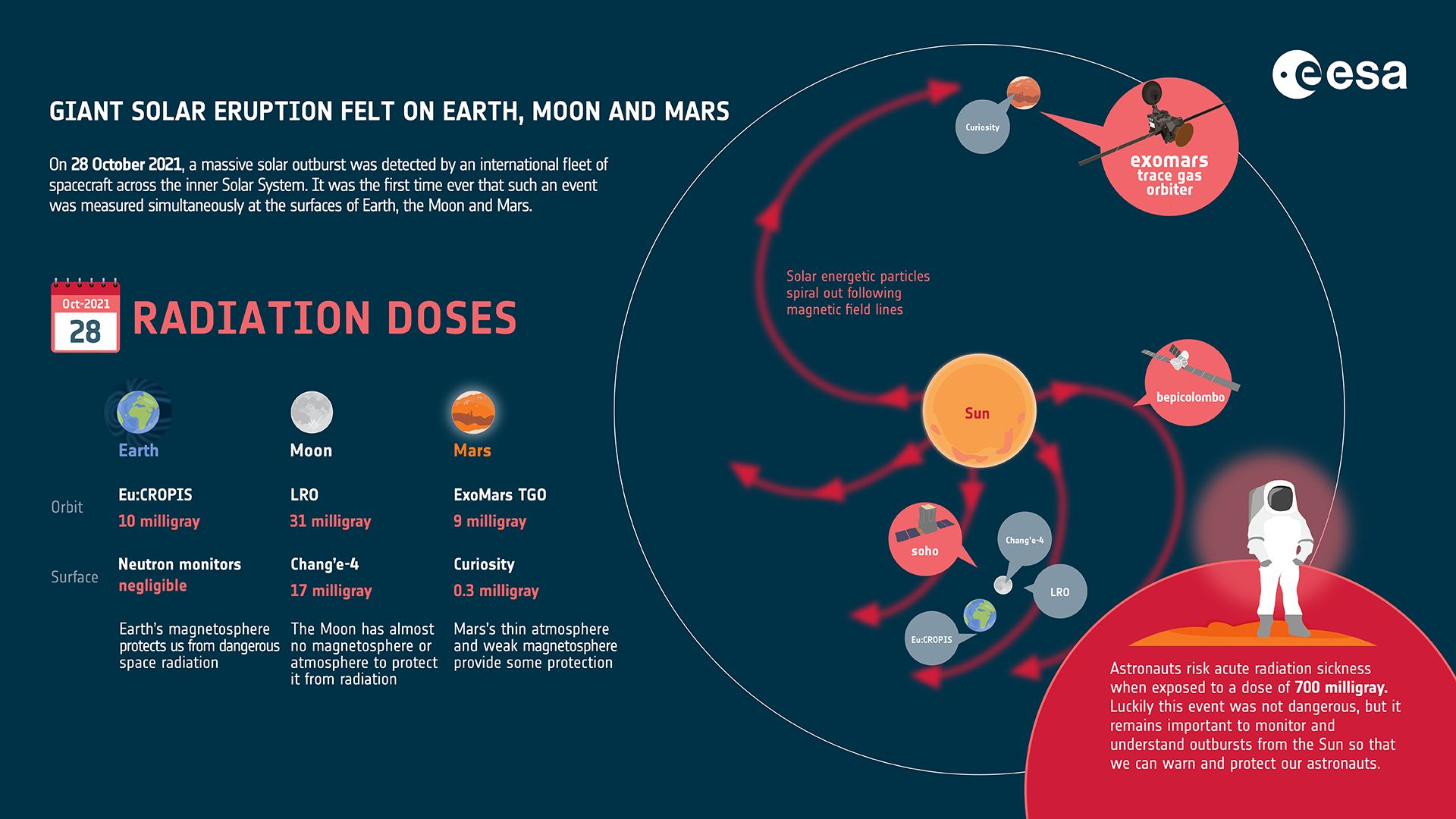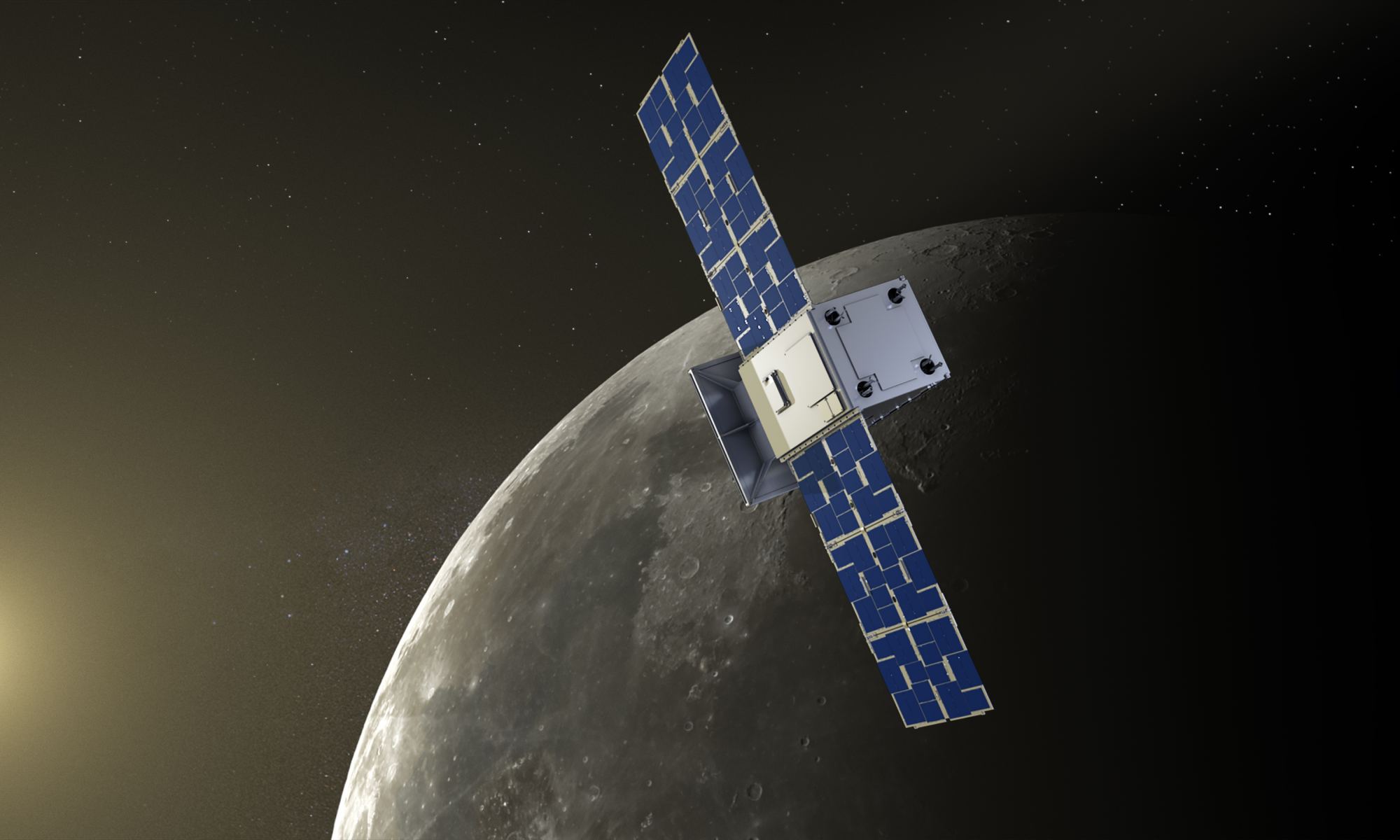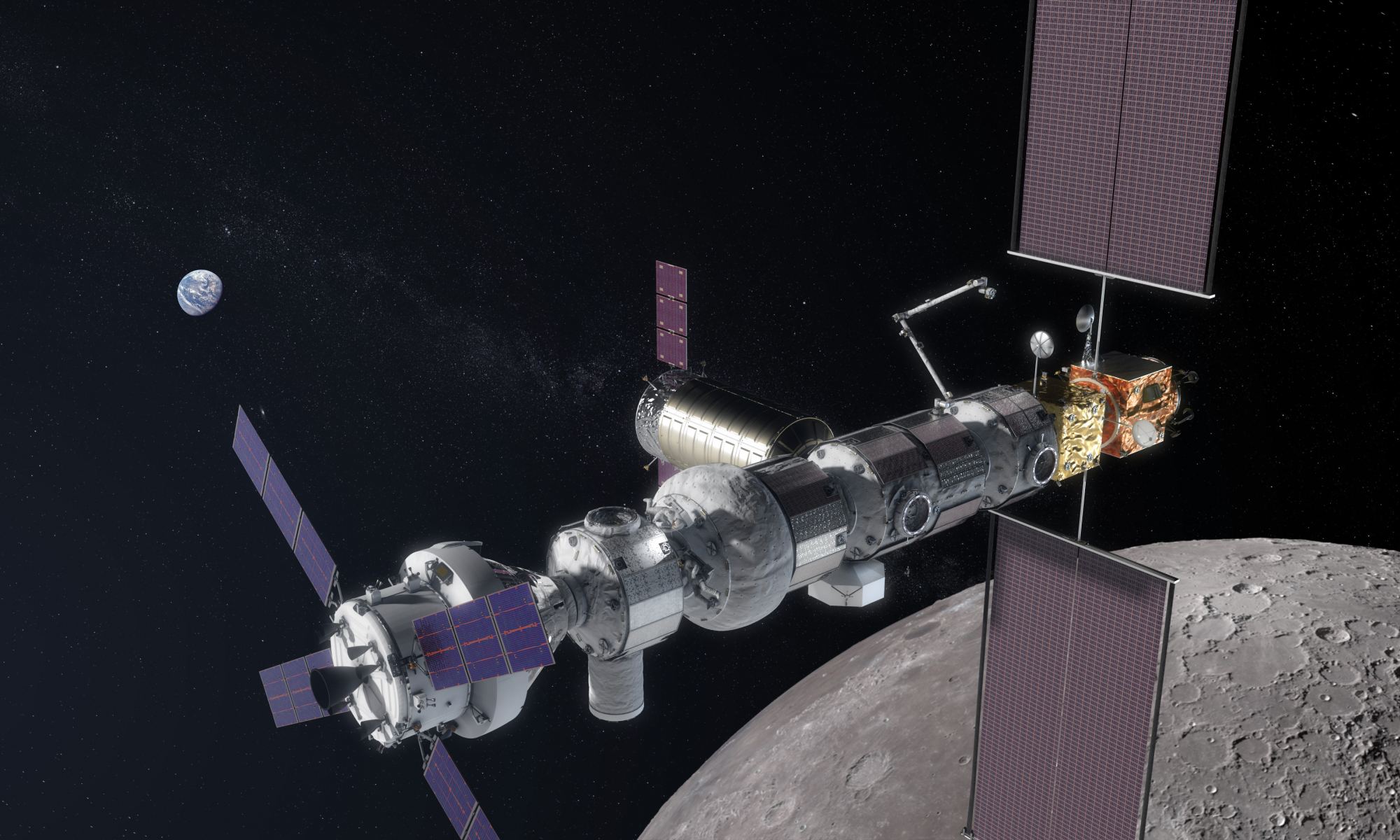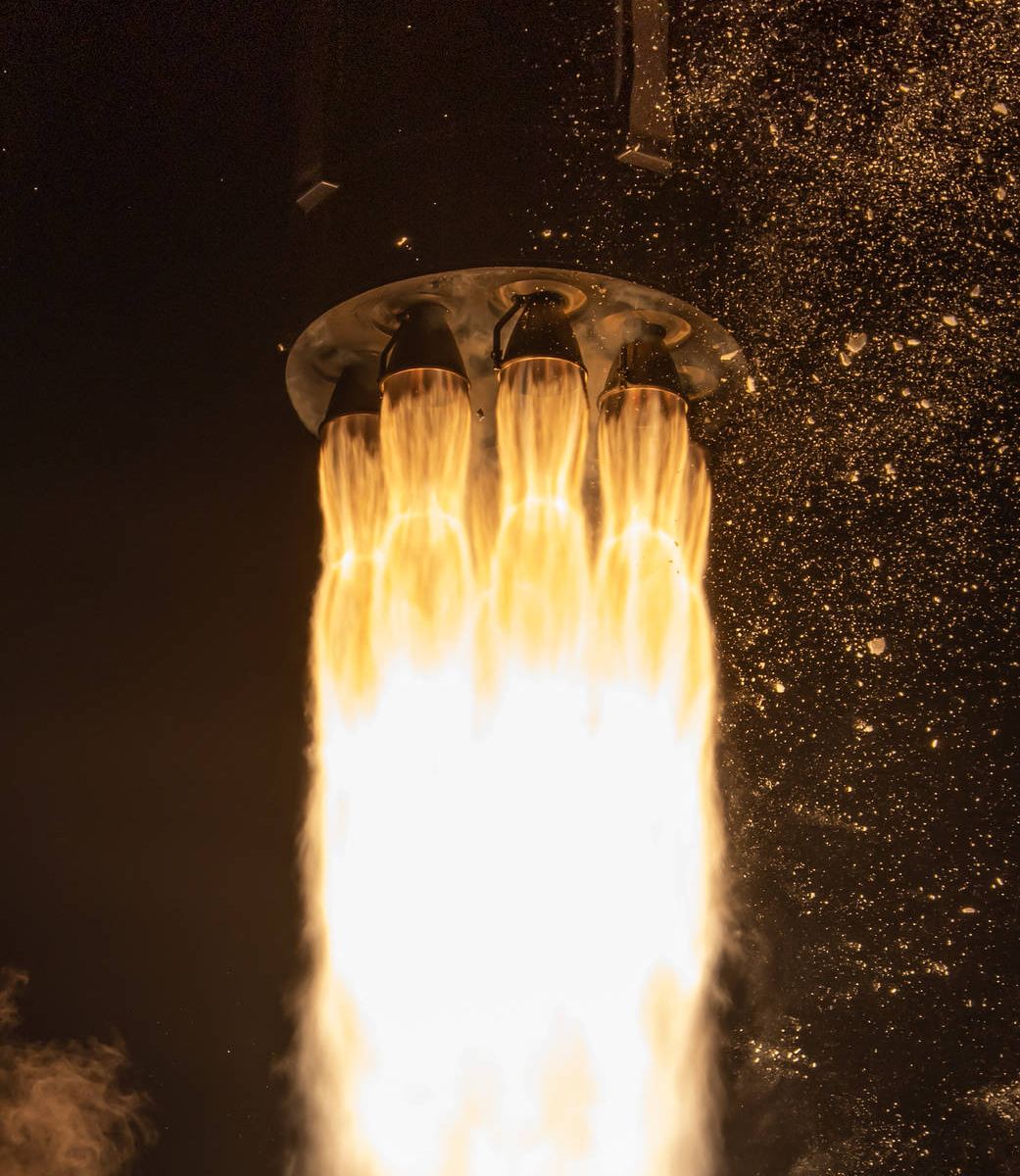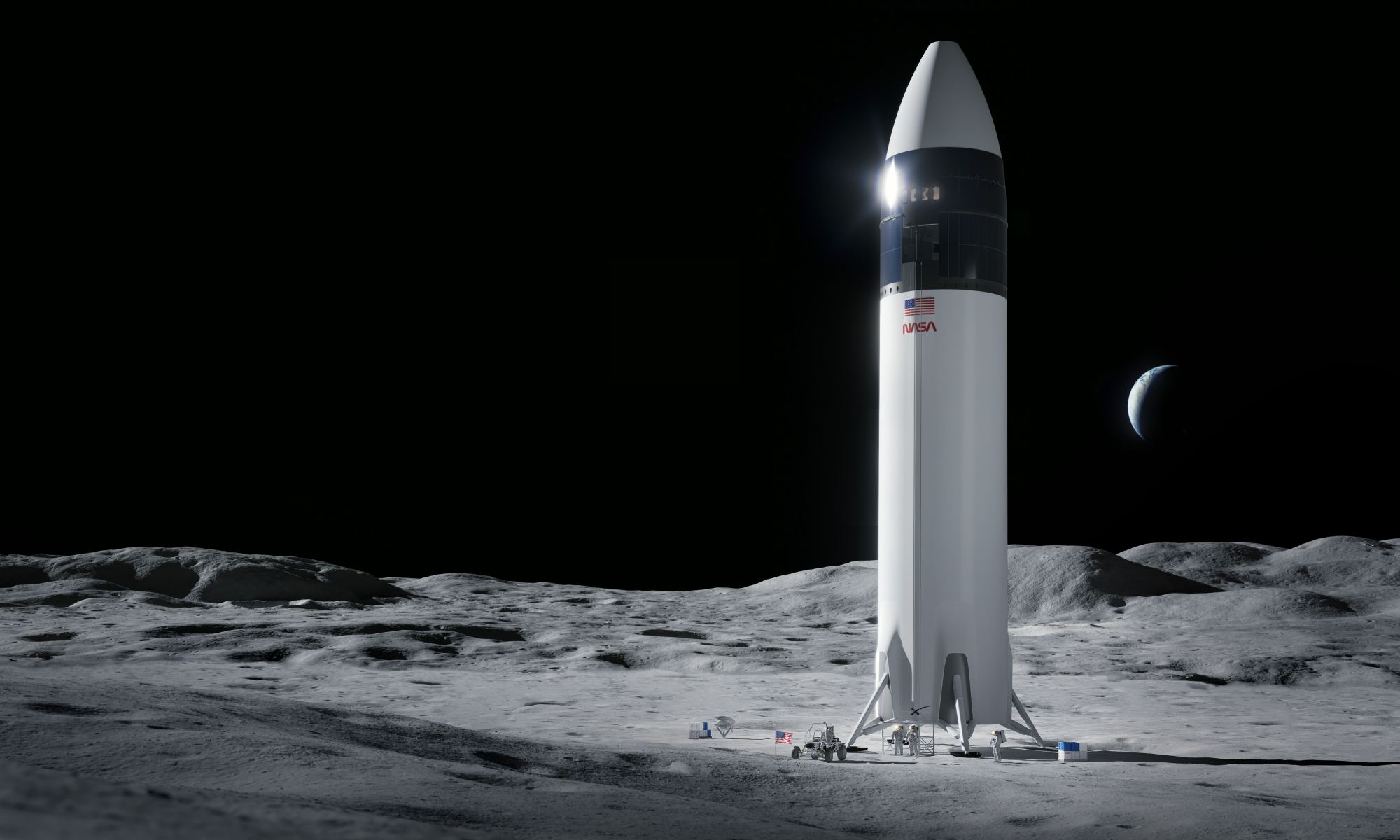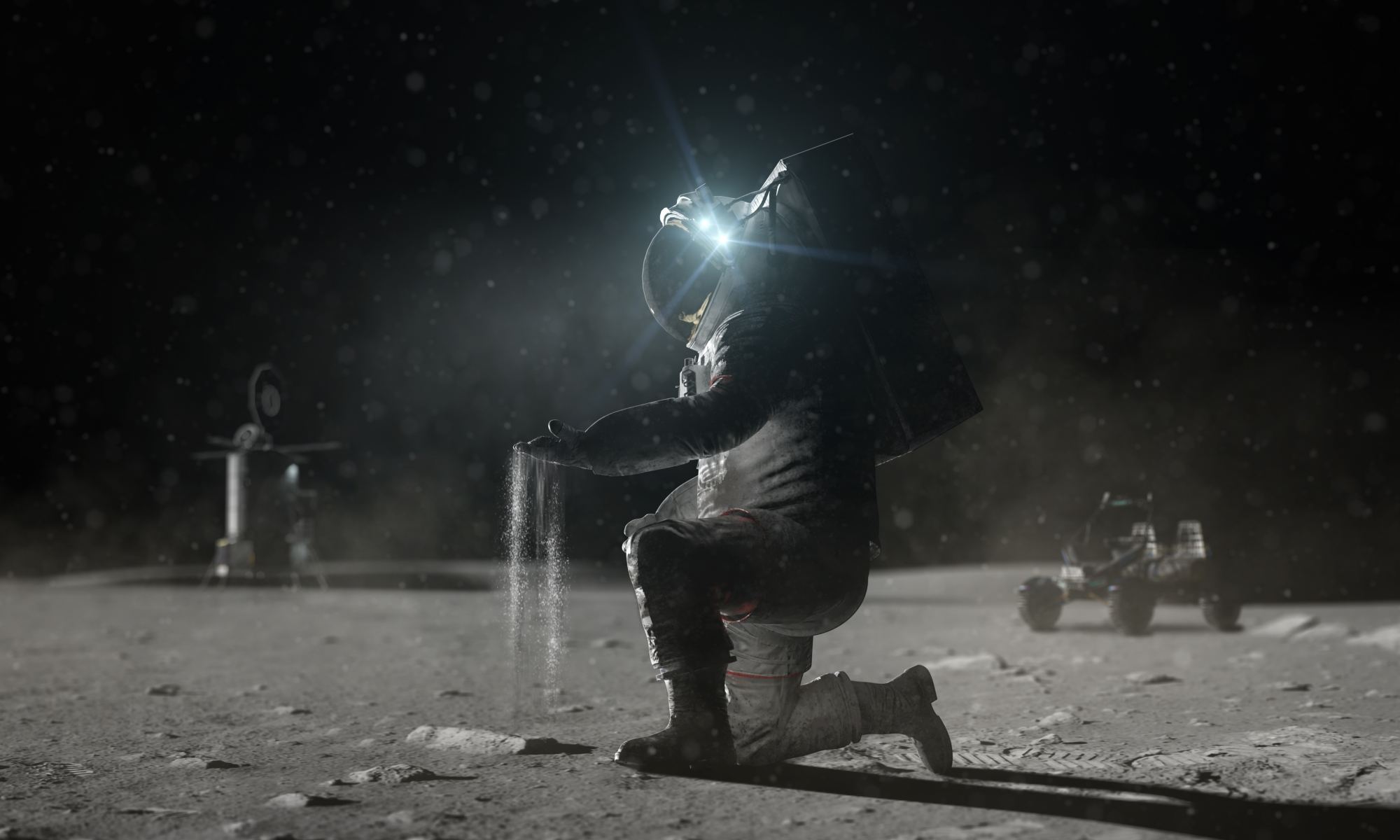Before the decade is out, as part of the Artemis Program, NASA plans to send astronauts to the Moon for the first time since the Apollo Era. To realize this goal, they have contracted with commercial space industries to develop all the necessary components. This includes the Space Launch System (SLS) and the Orion spacecraft that will take the Artemis astronauts to the Moon. There’s also the Lunar Gateway and the Artemis Base Camp, the infrastructure that will facilitate regular missions to the Moon after 2028.
In between, NASA has also partnered with companies to develop the Human Landing Systems (HLS) that will transport the Artemis astronauts to the lunar surface and back. This includes the Starship HLS SpaceX is currently developing for NASA, which will rendezvous with the Orion spacecraft in lunar orbit and allow the Artemis III astronauts to land on the Moon (which will take place no sooner than September 2026). In a series of newly-updated images, SpaceX has provided artistic renders of what key moments in this mission will look like.
Continue reading “NASA, SpaceX Illustrate Key Moments of Artemis Lunar Lander Mission”

